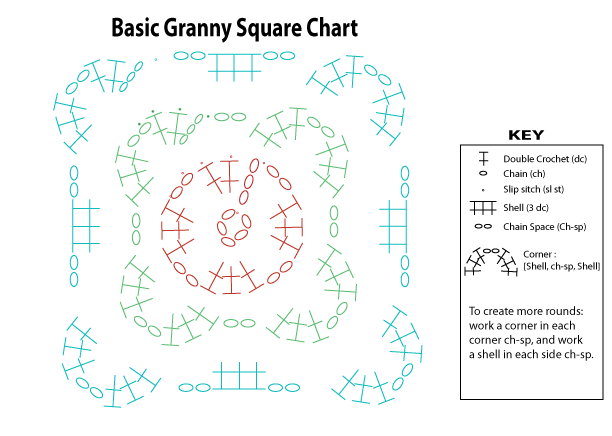
![]() photo credit: JOE MARINARO
photo credit: JOE MARINARO
I’ve always had a thing for sheepy yarns. You know the kind I mean. They smell earthy, feel a bit like lanolin. They maybe even have a bit of straw left in them (Spinners call this “VM” for “vegetable matter”). When I lived in Maryland I was surrounded, north and south, by amazing fiber festivals. Now, here in Cordova, I’m not. I don’t get to make yearly expeditions to see and pet sheep and alpacas. In the absence of the festivals (like the New York Sheep and Wool Festival in Rhinebeck that I just missed this past weekend), I’ve been knitting a lot with these artisanal yarns.

![]() photo credit: Hav n Knit Lover
photo credit: Hav n Knit Lover
I love that they often have a story–the farm where the sheep were raised and the mill where the wool is prepared becomes part of the yarn’s entrancing qualities. Often, you’re buying these yarns directly from their maker at fairs and markets, so you cut out the waste of distribution, and you can hear the yarn’s story firsthand.
So, I love what these yarns are: rustic, earthy, sheepy. I also like what they’re not: mass-produced, machine-washable, each skein identical. The lack of mass production and distribution leads to some design difficulties. My new designs come about in one of two ways. Either I consciously set out to create a new pattern for my line or for another publication, or, I’m making something for myself and decide later to turn that into a design. If I start out for publication, then the availability of the yarn is one of the first things I consider. Will people be able to find this yarn–is the color still being made? How much will it cost for someone to make a whole sweater out of this yarn?

![]() photo credit: Hav n Knit Lover
photo credit: Hav n Knit Lover
Lately, I’ve been working on two sweaters. Both are knit in an artisanal wool that’s only available in the United States in one shop–it happens to be here, in tiny Cordova, Alaska. Dotty, who owns The Net Loft, our amazing little wool shop, has a 20+ year relationship with a small New Zealand farm and mill called The Little Wool Company. The yarns she buys from Anna Gratton, the fiber artist who creates them, are wonderful corriedale blends that are soft and long-wearing and make sweaters perfect for life in Alaska–or life in any winter climate.
So I need to make a decision. If I’m to release patterns for these sweaters, do I need to re-knit them in yarns that are more commercially available? I think that might defeat part of my purpose of using artisanal yarns in the first place. I want to encourage the use of yarns from small producers, not just promote some specific yarns.
I think I can compromise. I already write my patterns so that they’re not yarn-dependent, but that doesn’t mean that any yarn will work for any pattern. It was the qualities of the yarn in the first place that led me to these particular designs. However, if I swatch in various yarns that have similar qualities, and demonstrate how to adapt to them, you, as the knitter will feel comfortable adapting the pattern to different yarns, and choosing yarns that will work for you.
I’m thrilled that these types of yarns are getting more attention these days. Jared Flood’s new Shelter line and companies like the Imperial Stock Ranch, and even larger yarn manufacturers are extolling the virtues of supporting local farms and small mills. It seems like more and more knitters are attending fiber festivals and meeting the sheep, the farmers and the yarn makers. And why not? Our crafting materials deserve careful attention. Consider the number of hours put into crocheting or knitting a sweater. It doesn’t make sense to choose materials simply based on what someone else used.
It’s difficult to know what a yarn is like, and how it’s used in a garment, if you’re just looking at a picture on a screen. If you’ve never knit with something yourself, you don’t know how it’s going to work at a particular gauge or in a particular stitch pattern. All the more reason, I think, to use yarns you have access to, and can touch and feel rather than simply buying the yarn used in a pattern.
In order to make yarn substitutions intelligently, you need to know some things about the yarn. There are the things that are usually printed on a yarn label: fiber content, meters per gram, suggested needle size. This information only hints at what a yarn can be used for. Other details that might be helpful are: number of plies, method of spinning (worsted, so the yarn is smooth, dense, great for texture, or woolen, so the yarn is lofty, warm, matte).
The yarn I’m using from The Little Wool Company would probably be called “heavy worsted.” It’s got three plies, and the recommended gauge is 4.5 stitches per inch, which gives a solid “winter-weight” fabric. But, I found by swatching that this yarn puffs incredibly when blocked so it fills in any spaces around it. I tried knitting it on US10 needles, then 10.5, and finally ended up with size 11, knitting at 3 sts per inch. The bulky gauge finally gave me the soft drape and hand I was looking for, and I loved the fuzzy halo that appeared in the yarn after it was washed and blocked. There’s no standardized way to describe the quality of a yarn when it’s knitted. Gauge says nothing about drape–so If I said, try for a gauge of 3 sts/inch, then knitters would probably choose bulky yarns and end up with sweaters much heavier than the sample I’m creating.
I would much rather you choose the yarn you want to knit with, and choose what gauge you like with YOUR yarn. All this is a rather long-winded way of saying I want to continue writing patterns that are yarn-independent, but I also plan to provide more information about the qualities of the yarns I’m using that will help you decide what to use in your patterns. It might help if I knew what details would help you. I know sometimes you choose a pattern first, and sometimes you choose a yarn first, but what kind of information do you WISH you had when you are choosing or substituting yarns?
























